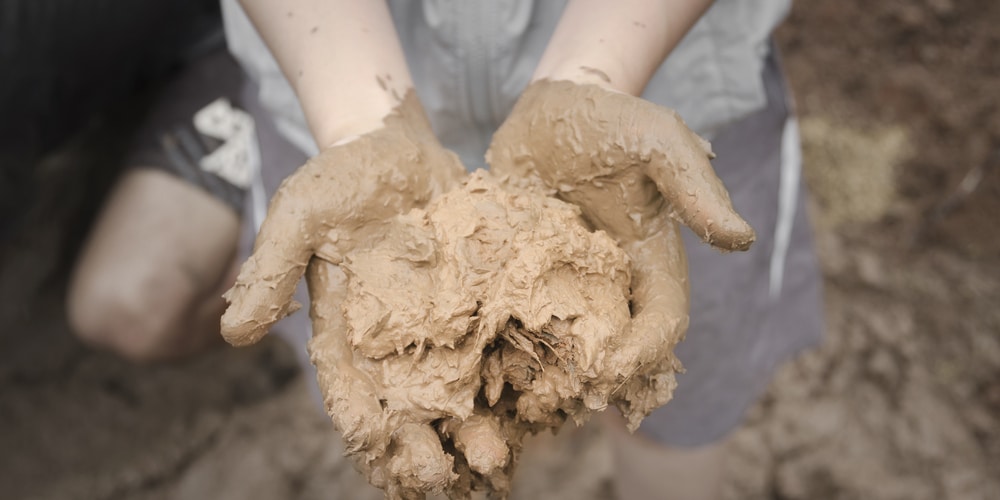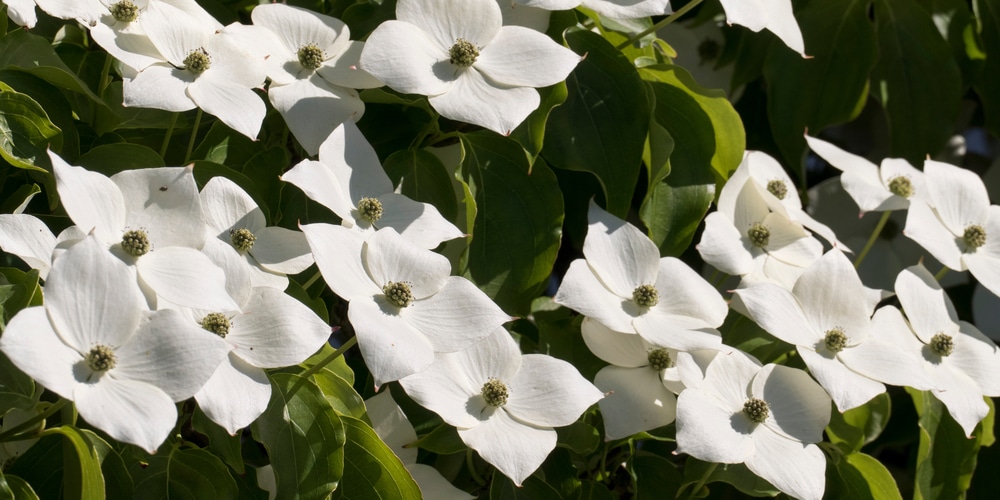You may be interested in planting dogwood in your yard only to discover that your soil is mostly made of clay. Is it possible to plant dogwood trees in clay soil?
Luckily, dogwoods are one of the few ornamental trees that can tolerate clay soil, but for the best results you should amend it with organic matter to improve drainage. Or, you can set it on a slight slope so excess water can slide down.
Will Dogwoods Grow in Clay?

Clay as soil is thought of as a difficult and heavy medium for plants, which is true to a degree. Gardeners usually have problems with its consistency and heaviness, not to mention how it’s slow-draining (which is a death knell for most plants).
However, you shouldn’t shy away from using clay as soil for dogwood because it offers several benefits. One, it can hold water enough to reduce stress that comes from drought; and two, the medium tends to absorb and hold plant nutrients for long periods of time.
Watering and fertilization become less frequent, which is a good thing for busy people and those who need to do something else throughout the day.
Dogwoods can definitely grow in clay, but then you’ll probably run into some issues down the line. Overwatering can quickly lead to root rot, and your plant won’t survive if they’re constantly exposed to these conditions.
Therefore, the best way to grow dogwood trees in clay soil is to amend it with organic matter to introduce much-needed space around the medium. Water can pass more freely, and once it’s established you won’t need to water that often.
It’s worth noting that dogwoods do not like their roots to be wet for so long, something that clay soil tends to do. Amending with topsoil and organic material will go a long way towards a long-lived dogwood tree in your yard or garden.
Planting Dogwood Trees in Clay Soil

In the wild, dogwood trees can be found under larger trees. When planting a dogwood in your yard or garden, consider its natural environment so it can flourish well in the landscape.
Dogwood is versatile enough that it can grow in full sun. However, if you have a spot that gets a nice shade and bright natural light, consider planting the dogwood on it.
The hot afternoon sun can prove to be stressful for the plant, which makes them susceptible to stress and subsequently, diseases. If you insist on planting your dogwood in full sun you must be prepared to water it frequently (or increase the amount of clay to retain moisture better).
Planting the dogwood tree should be done early spring or late fall, while container plants can be transplanted any time.
More water should be given during its growth period (fall and summer), with mulch around the tree to conserve moisture and keep the sun’s heat away from the roots.
Dogwood do not generally require fertilizer as they grow well on their own. If you must, apply only organic or slow-release fertilizers once a month.
Pruning is not required but it helps keep the tree compact and bushy. Flowering dogwoods can benefit from garden shears but be careful not to take off too much, or else growth will suffer. You can shape your dogwood or remove dead and injured branches to keep them looking healthy.
Are Dogwoods Difficult to Grow?
The success of your dogwood’s growth will depend on how well you were able to meet its requirements.
If you put your dogwood in a bright location that gets morning sun and shade in the afternoon, as well as good soil drainage then there’s a chance that it will flourish and become a strong and beautiful tree in the future.
When putting dogwood in compacted clay soil, you should have a large planting hole for the plant, as well as loose soil (preferably topsoil or a well-draining garden mix) for backfilling purposes.
How to Plant a Dogwood in Clay Soil: Final thoughts
Remember to water well and keep the soil consistently moist during the first two years of a dogwood’s life, but not too much that the roots may be negatively affected.
A twice-a-week watering schedule should more than suffice. Also, water deeply so all the roots will have their share of moisture.
